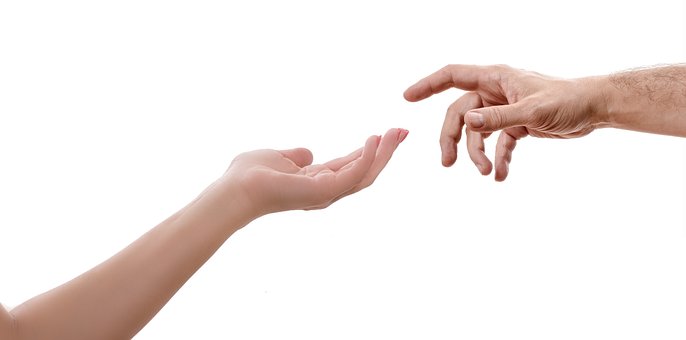Importance of body language in communication
Communication is made up of so much more than just the words we use! And therefore, it’s a crucial skill to possess and exhibit, in all aspects of communication, everywhere, every time, not just in the workplace or during formal communication. Nonverbal cues such as tone of voice, gestures, and posture, all play their part in effective communication, because people not only listen to what you’re saying in a get-together, party, boardroom meeting or a sales pitch, but they also observe, some nonverbal cues such as your smile, facial expressions, eye contact, gestures, and posture. In other words, they pay attention to what your body language says.
Body language alone is said to account for more than half of all communication. Body language can convey the impression of a readiness to take action in social interactions or physical exertion.
Let’s start by discussing what body language is; what it means and how it is identified!

Body Language explained
In the most simplistic terms, body language is the unspoken component of communication through which we voluntarily or involuntarily exhibit those feelings and emotions that we do not voice out. It could range from a simple relaxed facial expression, a cold face, a genuine smile, a sigh, tilt of the head, looking elsewhere, arms crossed, legs stretched or crossed, slouching or gazing deeply, eye movement, sitting or standing upright to express interest/ disinterest, or directing attention with hand gestures, touch and the use of space and more, to indicate that you’re listening, you qre convinced or you are in disagreement. It can also mean avoiding a defensive, arms-crossed posture or tapping your feet restlessly.
Did you know: Body language exists in both animals and humans!
There are few agreed-upon interpretations of a specific behaviour in every society. And so, interpretations may differ from one country, one region or one culture to another. That being said, these variants have given birth to an ongoing debate on whether body language is indeed universal. In social interactions, body language behaves as a subset of nonverbal communication, supplementing verbal communication. Studies further show that nonverbal communication accounts for the majority of information transmitted during interpersonal interactions. Your body language is primarily responsible for the establishment of a relationship between two people, besides being directly responsible for influencing this relationship to be good or bad. Apart from this, your body language also ‘beckons’ subsequent response or reaction, after explicitly revealing your attitude during an interaction through formal or informal, positive or negative attitude.

















